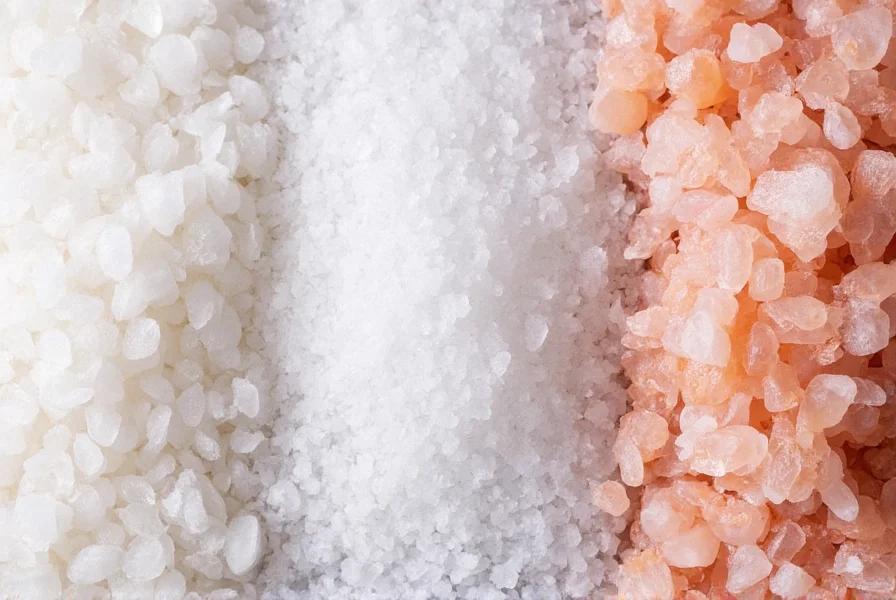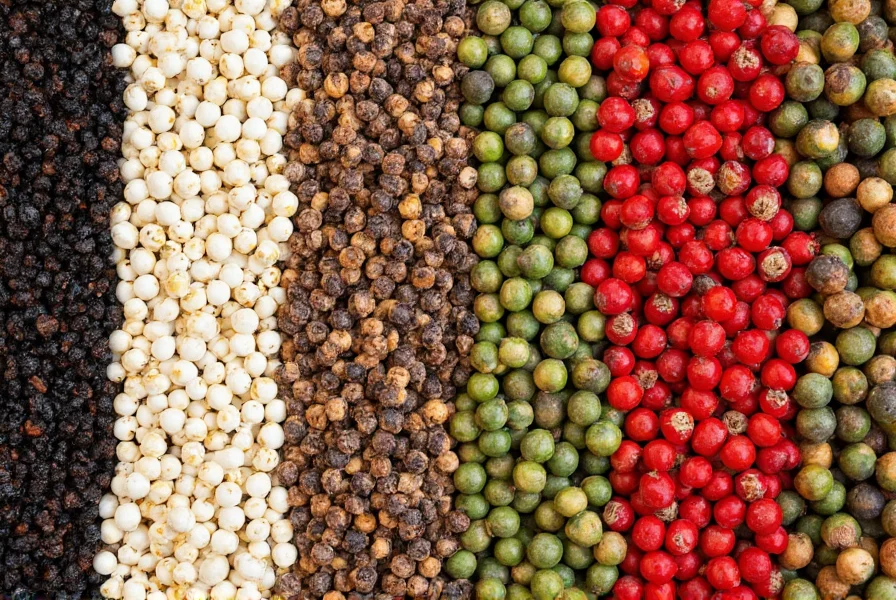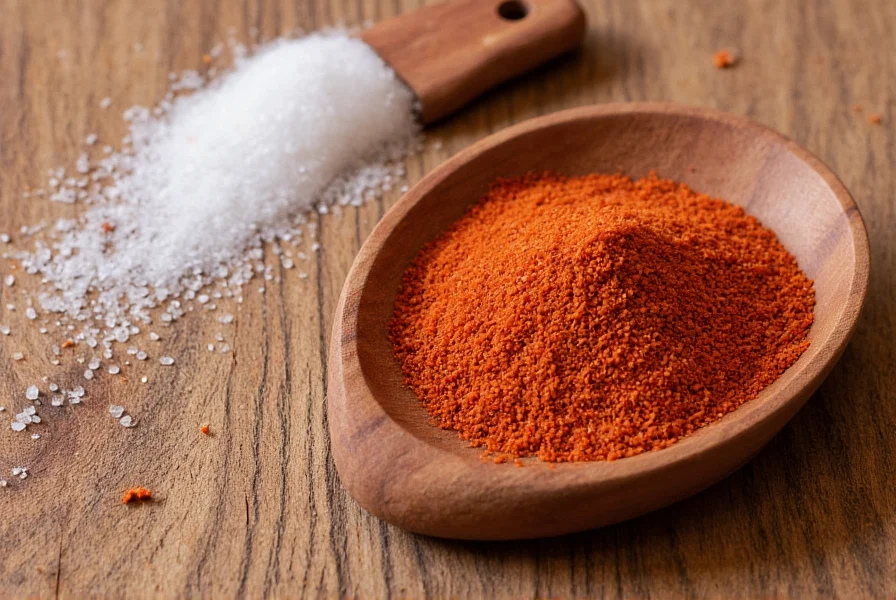Pepper and salt are fundamental seasonings that form the cornerstone of culinary seasoning worldwide. Salt enhances and balances flavors by suppressing bitterness and amplifying sweetness, while pepper adds complexity with its distinctive heat and floral notes. Understanding their proper use—when to add them during cooking, which varieties work best for different dishes, and how they interact with other ingredients—is essential for elevating everyday cooking. The right balance transforms simple ingredients into memorable meals, making these two seasonings indispensable in any kitchen.
For centuries, pepper and salt have been the dynamic duo of the culinary world, appearing together on dining tables across cultures. While seemingly simple, their proper application requires knowledge that separates amateur cooks from seasoned professionals. This guide explores the science, varieties, and techniques that make these basic seasonings anything but basic.
The Science Behind Flavor Enhancement
Salt doesn't just make food taste "salty"—it fundamentally alters our perception of flavor. Through a process called flavor modulation, sodium ions interact with taste receptors, reducing bitterness while enhancing sweetness and umami. This is why a pinch of salt can make chocolate taste richer or vegetables more palatable. Pepper, primarily through its piperine content, creates a mild irritation that stimulates taste buds, making other flavors more pronounced.
Understanding when to add salt and pepper in cooking significantly impacts final results. Salt added early in cooking penetrates ingredients, seasoning them throughout, while salt added at the end provides a more pronounced salty burst. Pepper's volatile compounds dissipate with prolonged heat, so adding it toward the end preserves its distinctive aroma and heat.

Understanding Salt Varieties
Not all salts are created equal. Each variety serves specific culinary purposes:
| Salt Type | Texture | Best Uses | Substitution Ratio |
|---|---|---|---|
| Kosher Salt | Coarse, flaky | General cooking, seasoning meats | 1:1 |
| Sea Salt | Variable (fine to coarse) | Finishing dishes, baking | 1:1.25 (finer grains) |
| Table Salt | Fine, uniform | Everyday use, baking | 1:0.75 (more concentrated) |
| Himalayan Pink Salt | Coarse, crystalline | Finishing, salt blocks | 1:1 |
When considering difference between kosher salt and sea salt, remember that kosher salt's larger crystals make it easier to pinch and control seasoning, while sea salt often contains trace minerals that affect flavor. For baking, where precise measurement matters, table salt's consistent grain size provides more reliable results.
Exploring the Pepper Spectrum
Pepper extends far beyond the standard black peppercorns found in most grinders. Each variety offers unique characteristics:
- Black Pepper: Harvested unripe, then fermented and dried. Offers robust heat and complex floral notes. Ideal for most savory dishes.
- White Pepper: Made from ripe peppercorns with outer layer removed. Provides cleaner heat without visual specks. Common in light-colored sauces.
- Green Pepper: Unripe peppercorns preserved in brine or freeze-dried. Offers fresher, more herbal notes. Excellent with fish and vegetables.
- Red Pepper: Fully ripe peppercorns. Sweetest variety with subtle fruitiness. Best used sparingly as a finishing touch.

For optimal flavor, always choose freshly ground pepper vs pre-ground. Pre-ground pepper loses its volatile oils quickly, resulting in diminished flavor and aroma. A simple pepper mill makes a significant difference in your cooking—invest in one that can accommodate different grind sizes for versatility.
Mastering the Art of Seasoning
Knowing how much salt and pepper to use separates good cooks from great ones. Rather than following rigid measurements, develop your palate through these techniques:
- Season in layers: Add small amounts throughout cooking rather than all at once.
- Taste strategically: Sample before final seasoning to avoid over-salting.
- Consider the dish: Delicate foods need less seasoning than robust preparations.
- Balance is key: Salt should enhance, not dominate; pepper should complement, not overwhelm.
The pepper and salt ratio for seasoning varies by dish and personal preference, but a good starting point is 3 parts salt to 1 part pepper for most savory applications. For proteins like steak, many chefs recommend best type of pepper for steak being coarsely ground black pepper combined with flaky sea salt applied generously before cooking.
Advanced Seasoning Techniques
Once you've mastered the basics, explore these professional techniques:
- Salt curing: Drawing out moisture before cooking creates better browning and texture.
- Pepper infusions: Steeping peppercorns in oils or vinegars creates complex flavor bases.
- Salt blocks: Cooking directly on heated salt blocks imparts subtle seasoning while searing foods.
- Custom blends: Create signature mixes by combining different salts and peppers with complementary spices.
Remember that proper way to season with salt and pepper involves understanding your ingredients. Acidic components like tomatoes or citrus may require additional salt to balance flavors, while naturally salty ingredients like soy sauce or cheese should be accounted for in your overall seasoning strategy.
Health Considerations
While essential for flavor, mindful usage matters for health. The American Heart Association recommends no more than 2,300mg of sodium daily, ideally moving toward 1,500mg. When considering health benefits of black pepper and salt, note that black pepper contains piperine, which may enhance nutrient absorption, while high-quality salts contain trace minerals. However, moderation remains key—focus on using these seasonings to enhance naturally flavorful ingredients rather than masking poor quality with excessive seasoning.
What's the difference between kosher salt and sea salt?
Kosher salt has larger, coarser crystals that make it easier to pinch and control seasoning, while sea salt comes in various textures and often contains trace minerals. Kosher salt dissolves more slowly, making it better for seasoning meats, while sea salt's mineral content can add subtle flavor variations.
When should I add salt and pepper during cooking?
Add salt early for even seasoning throughout cooking, especially for proteins and vegetables. Add pepper toward the end to preserve its volatile aromatic compounds. For finishing touches, both can be added just before serving to provide the most pronounced flavor impact.
How much salt and pepper should I use for a standard dish?
Rather than measuring precisely, season in layers and taste as you go. A general starting point is 3 parts salt to 1 part pepper for most savory dishes, but this varies based on ingredients and personal preference. Always remember that you can add more, but you can't remove excess seasoning.
Is freshly ground pepper really better than pre-ground?
Yes, freshly ground pepper retains significantly more flavor and aroma. Pre-ground pepper loses its volatile oils quickly, resulting in diminished taste. The difference is particularly noticeable in dishes where pepper is a featured ingredient rather than just background seasoning.
What's the best type of pepper for steak?
Coarsely ground black pepper works best for steak, as it creates a flavorful crust when seared. Many chefs recommend combining it with flaky sea salt applied generously about 45 minutes before cooking to allow proper absorption and surface drying for optimal browning.











 浙公网安备
33010002000092号
浙公网安备
33010002000092号 浙B2-20120091-4
浙B2-20120091-4